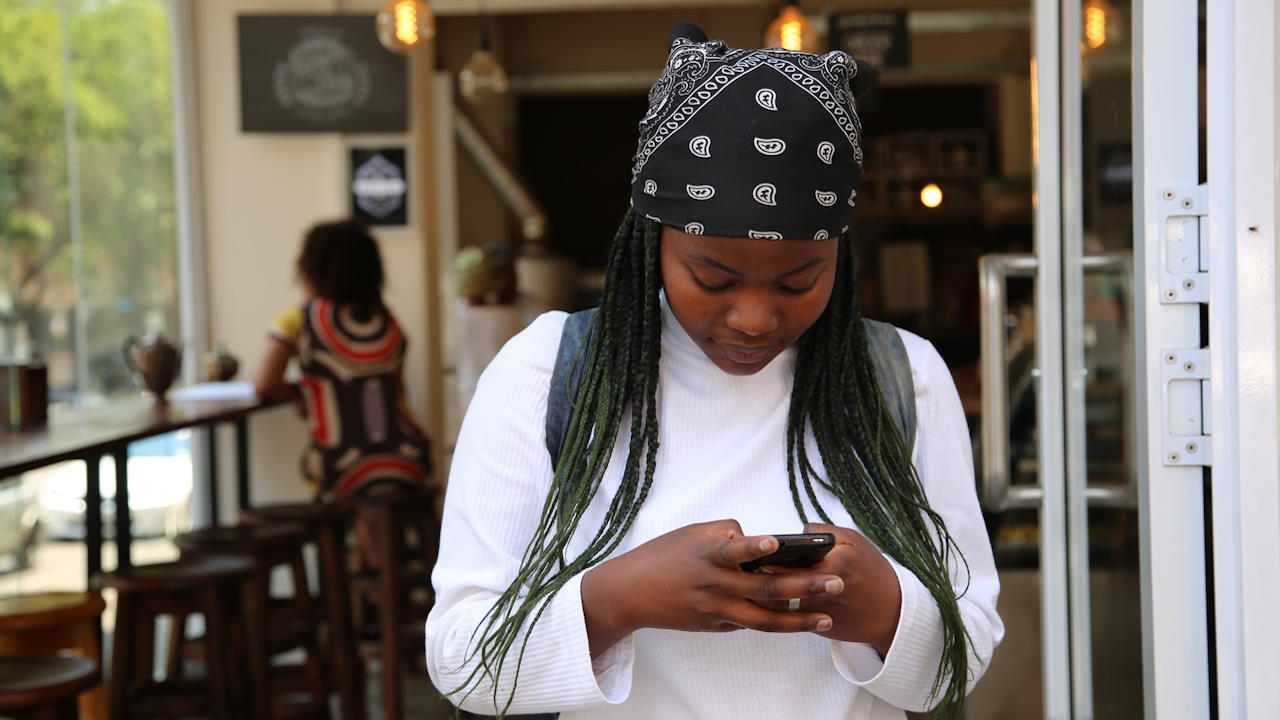
Uganda’s diverse media landscape reflects the challenges and opportunities of an evolving sector. A cursory examination reveals significant urban-rural divides and demographic differences, most notably the high concentration of young people, known as the youth bulge. More than three-quarters (78 per cent) of the population is under the age of 35. An important aspect is the country’s low internet penetration and limited use of social media.
There are several media platforms available, with varying degrees of influence in a very diverse country. FM radio is a key player, especially in rural areas where access to technology remains limited. Television is expanding due to low-cost TV sets, increased electrification, and improved signal penetration as a result of the digital switchover in 2015. Print, on the other hand, is struggling as digital platforms become more popular.
The numbers provide important context: there are currently 363 radio stations, 68 TV stations (two of which are online), and seven digital terrestrial stations in the country, the latter highlighting the ongoing technological transition. Print media includes three dailies, three weeklies, three regional newspapers, and three tabloids. While print media remains strong in urban areas, the daily circulation of some newspapers has fallen by almost 50 per cent over the past decade due to the growth of digital media. There are also more than 20 magazines and over a thousand outdoor advertising sites, mainly managed by three providers.
Internet penetration in 2023 is at only 24.6 per cent of the population (ed note: the Uganda Communications Communication puts the figure at 59 per cent). Furthermore, only two million Ugandans use social media regularly, representing a paltry 4.3 per cent of the population. This leaves a very significant 95.7 per cent of Ugandans outside the digital sphere. This divide affects not only information consumption, but also social engagement.
The urban-rural divide is a critical factor that cannot be overlooked. Limited internet access in rural areas often excludes people from participating in the rapid flow of digital information, hindering their ability to shape public discourse and connect with broader cultural and societal norms.
Conversely, in urban areas where internet access is more widespread, online platforms are powerful tools for disseminating information, shaping public opinion and influencing policy decisions. The speed and reach of information dissemination through social media, online news platforms, and other digital communication tools facilitate rapid awareness raising and mobilisation of support for various causes. In addition, opinion leaders in urban areas play a key role in shaping public discourse, using online platforms to advocate particular views or promote certain services and products.
Government and civil society leaders are increasingly recognising the importance of bridging the rural-urban digital divide. Efforts are underway to expand internet access and promote digital literacy in rural areas, giving marginalised communities the tools they need to participate in the evolving media landscape. As these initiatives progress, Uganda’s media narrative is expected to become more inclusive, reflecting a diverse range of voices and perspectives.
Uganda’s socio-economic composition highlights the need for a nuanced media sector that caters to different segments of society. According to the 2019/20 National Household Survey, 33.8 per cent of the rural population and 19.8 per cent of the urban population live in poverty.
Another important factor is literacy. According to the Uganda Bureau of Statistics, about 76.5 per cent of Ugandans were literate in 2020, up from 74 per cent in 2017. However, there are still gender disparities, with 81 per cent of men and 72 per cent of women considered literate. This highlights the need for media content that is not only accessible, but also sensitive to different literacy levels and gender inclusive.
Aware of changing audience preferences, newspapers, and TV channels are expanding their digital presence. This convergence not only extends the reach of established media, but also creates new avenues for dialogue. Online spaces allow for real-time interactions and foster a more immediate and participatory relationship between media and consumers. As digital platforms become more integrated into everyday life, media will become increasingly accessible.
So what are the challenges and opportunities for the sector? The urban-rural divide, coupled with economic disparities and varying levels of literacy, as well as the importance of the youth bulge, require a thoughtful approach to planning. Efforts to bridge the digital divide and promote inclusivity in media access hold the promise of creating a more equitable and representative media landscape that addresses the aspirations and concerns of Uganda’s diverse population, particularly its vibrant youth. The role of the media in communicating, educating and shaping narratives is indispensable — but more should be done to ensure that it reaches as many people as possible in its various forms.
Christopher Burke is the director of WMC Africa, a marketing and public relations agency based in Kampala. He has over thirty years’ experience in development, communications, and governance in East Asia and Africa.






